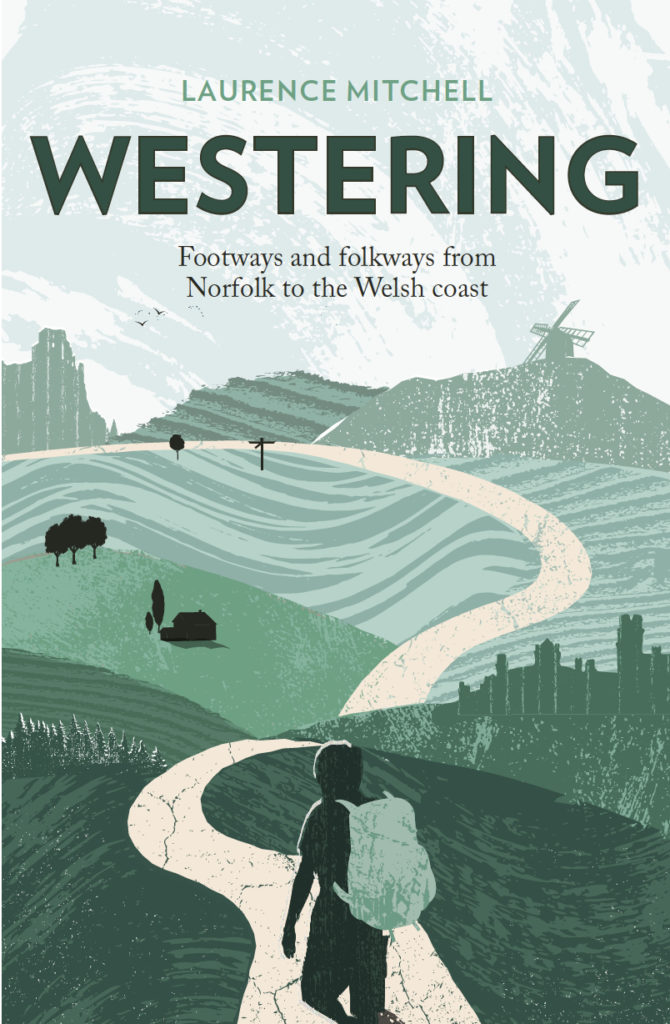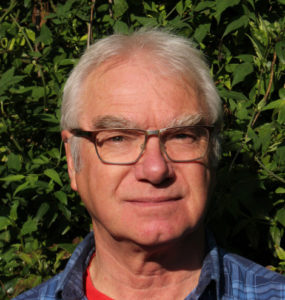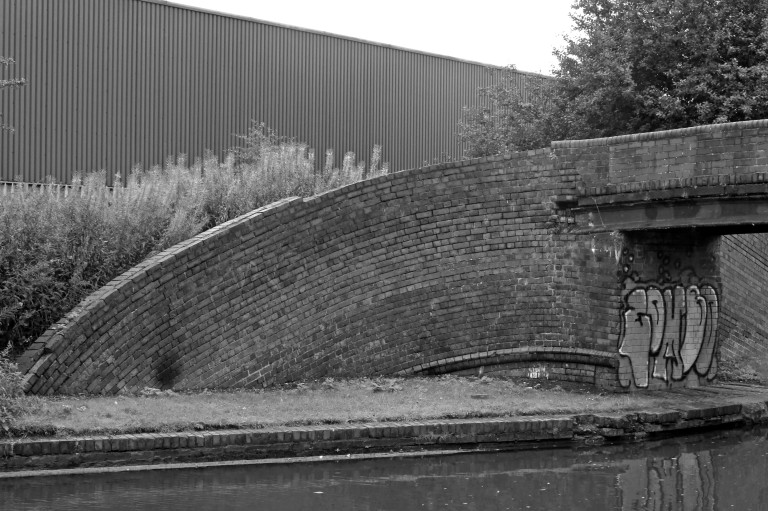Book Review – December 2021
The idea was to drift west, to etch a furrow in the map of England and Wales. My plan was to walk coast to coast across the country with some sort of agenda, to follow a dreamed-up route that started in East Anglia and headed west until it reached the Welsh coast.
 Westering is an account of Laurence Mitchell’s journey on foot from the North Sea coast at Great Yarmouth across the waistline of England and then Wales to end up at the shore of the Irish Sea at Aberystwyth.
Westering is an account of Laurence Mitchell’s journey on foot from the North Sea coast at Great Yarmouth across the waistline of England and then Wales to end up at the shore of the Irish Sea at Aberystwyth.
Mitchell’s book is rich with detail about the landscape he observes as he walks and his prose gives a real sense of moving at walking pace, noticing every detail. Westering is dense with information about the history, topography, wildlife and economy of the places he passes through. It was not surprising to learn that Mitchell was once a geography teacher. I imagine that, judging by his skill as a storyteller and his enthusiasm for his subject matter, he was quite an inspiring teacher too.
As I read Westering, I found myself puzzling about how Mitchell managed to accumulate so much precise detail of his journey: he points out almost every bridge, every stream, every stand of trees along the way. Does he have a photographic memory, or does he stop to make notes every hundred metres or so? Or perhaps he dictates into his phone as he walks? The answer was provided on page 126 when he mentioned how the howl of Fenland wind overwhelmed the playback on his recording device.
Mitchell’s writing is not inclined to some of the outer limits of literary experimentation. Instead he writes in the clear, engaging style of the better kind of travel writer, which in fact is now his second career after leaving teaching. Westering is a journey and Mitchell takes the reader along like the perfect travelling companion. In the early days of the walk he tells us the basic facts about himself and shares his knowledge of the landscape we are moving through. Later, once we have got to know him a little better, he opens up and shares a lot more about himself.
For Mitchell, walking is a form of therapy; it is his way of dealing with the ups and downs of his mood:
It was a dreary, grey day with a dimpled canopy of cloud weighing heavy over the Fens, a match for the gloomy frame of mind I seemed to have woken up with. It was a mood I was more accustomed to experiencing in winter but there was never any way of knowing when the black dog might pay a visit.
For practical reasons, Mitchell approaches much of the earlier part of his journey as a series of day walks, returning by public transport back to his home in Norwich each evening and then resuming the walk where he left off later, sometimes several days later. This is understandable; after a day’s lone walking I imagine it is nice to discuss the day’s events with his wife and then sleep in his own bed. This also allowed him to carry on with other work and other activities. But I did find that it broke up the momentum of the story of his walk a little; that it detracted from the sense of being on a continuous journey.
Westering truly comes alive when Mitchell reaches the West Midlands, the region where he spent his childhood and youth. The area is redolent with memories and echoes of his past: family, school, friends, music, college and football. He laments streets and factories that are no longer there: a way of life now gone.
It was here that my mother grew up in a terraced house on Rann Street with her parents and aunt. The street has vanished from the map, bulldozed to clear the way for high-rise development in the 1960s – housing that grew unfit for purpose well before its allotted time.
From Birmingham, Mitchell continues through the Black Country and into Shropshire. Winter is approaching as he reaches the Welsh border, so he returns home and does not resume his journey until the following spring. He ends his quest on the beach at Aberystwyth and reflects on the journey that has brought him here, all the way from another coast on the far side of another country.
Mitchell describes this journey in a quiet, understated way but the effect is, nonetheless, profound. By focussing on small details, examining forgotten, liminal places, he is able to reflect on broader themes, such as belonging and loss. The final few pages are ineffably moving as Mitchell places a pebble he picked up at Great Yarmouth on Aberystwyth beach and gazes out at the waves.
To stare out to sea is always a reminder of that which is lost. Despite the ‘nothing to see here’ frivolity of the waves, the vast heaving skin of grey water puts us in mind of losses and absences.
Laurence Mitchell
 Laurence Mitchell is a travel writer with a strong interest in walking, wildlife, landscape and local history. As well as a number of travel guidebooks and walking guides he has also written features for magazines like Geographical, Walk and Discovering Britain, and is a regular guest writer for the Berlin-based magazine Hidden Europe.
Laurence Mitchell is a travel writer with a strong interest in walking, wildlife, landscape and local history. As well as a number of travel guidebooks and walking guides he has also written features for magazines like Geographical, Walk and Discovering Britain, and is a regular guest writer for the Berlin-based magazine Hidden Europe.


Ooh, being in Birmingham myself, I need to get this!
… went to add it to my wishlist and it’s there already!
Looking forward to your review!
Birmingham has a place in my affections too – my nearest and dearest was born in Kings Heath and my eldest daughter went to Birmingham Uni.
Oh no way, I LIVE in KH and I went to Birmingham for my undergraduate and then my husband for his post grad, and we have both worked there, me twice!
Way! My wife lived in Kings Heath until she was 9. After uni, my daughter also did her PGCE in Birmingham….. and ended up doing her teaching practice in her step-mum’s old primary school!
I don’t comment every time, but invariably I like what Bobby’s writing about and what he does write about it.
Thanks Mark – that kind of encouragement means a lot.